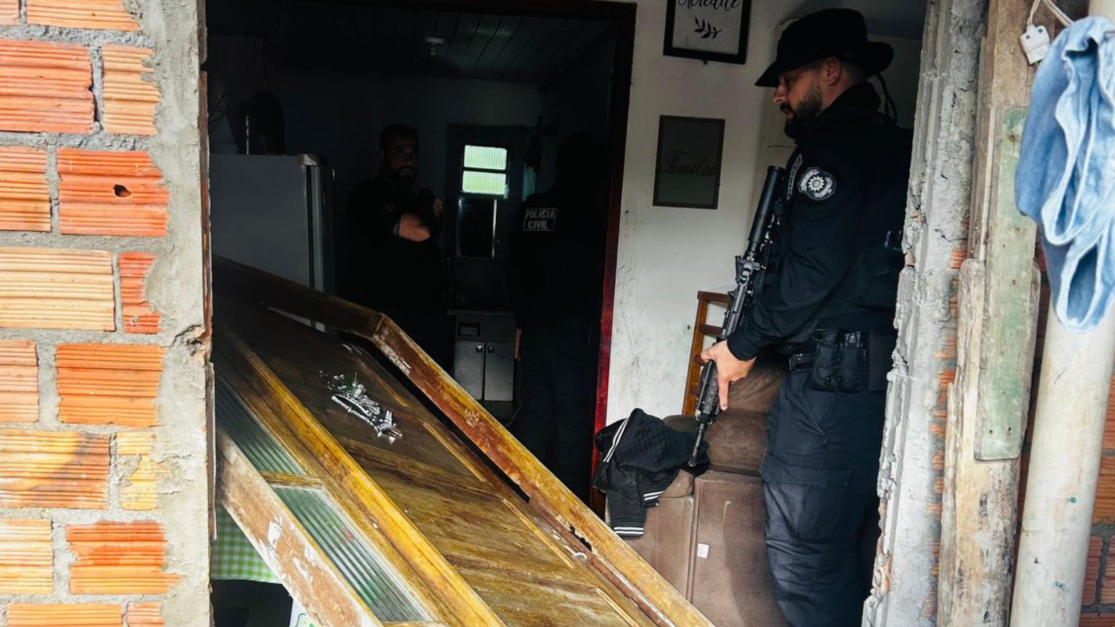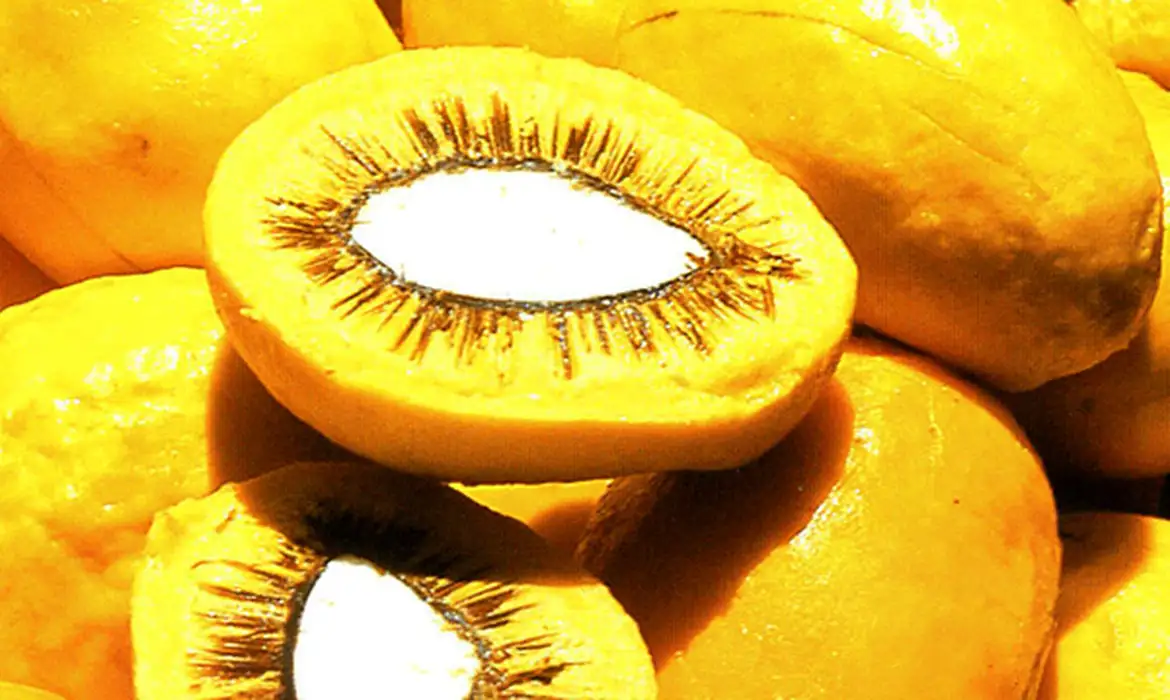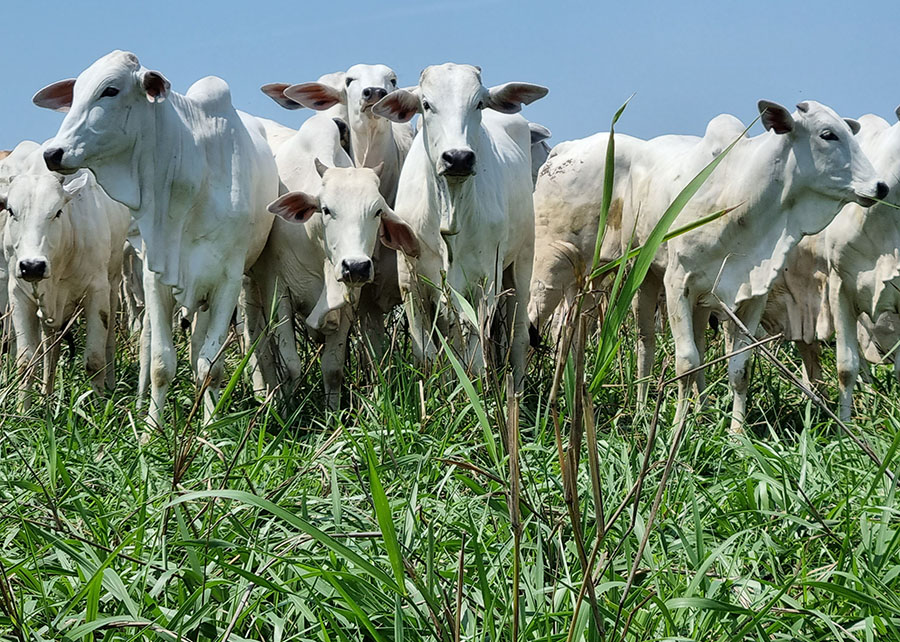Cepea, January 6, 2025 – After the area had increased for four years, producers reduced the wheat planting in 2024. Significant price drops in 2023 and losses in crops reduced agents’ profits and discouraged them to boost the area in 2024.
A good aspect is that the average productivity partially recovered in the year, keeping the supply aligned with that verified in 2023. The demand, in turn, continued firm, resulting in need to import – purchases were the highest in four years.
Data released by Conab indicate that the planted area in 2024 was 11.9% smaller than the previous, totaling 3.061 million hectares. The productivity is estimated at 2,634 kg/ha, 13% more than in the past crop. As a result, the 2024 output is projected at 8.064 million tons, downing 0.4% compared to that in 2023.
PRICES – Wheat values registered slight oscillations in the first quarter of 2024. In the second, quotations were sustained by rises in the international market and of dollar values and by concerns about the wheat planting in Southern Brazil – Rio Grande do Sul state faced critical problems with floods. The offseason period also influenced prices.
The highest price levels of 2024 were verified in July, due to the low availability of wheat and the firm demand. However, crescent imports in the following months pressed down quotations, a scenario that continued to be observed up to the end of the year. From the end of the third quarter on, the progress of the harvesting and favorable stocks at wheat mills reinforced the downward trend.
The progress of the harvesting indicated significant losses in Paraná, but good volumes in Rio Grande do Sul, different from what was observed in 2023. Productivity dropped 20% in Paraná in 2024, to 2.06 tons per hectare, while it increased 59.1% in Rio Grande do Sul, to 3.07 tons/ha. In Santa Catarina, the productivity rose 72.1%, to 3.7 tons/ha.
(Cepea-Brazil)
Centro de Estudos Avançados em Economia Aplicada – CEPEA-Esalq/USP













